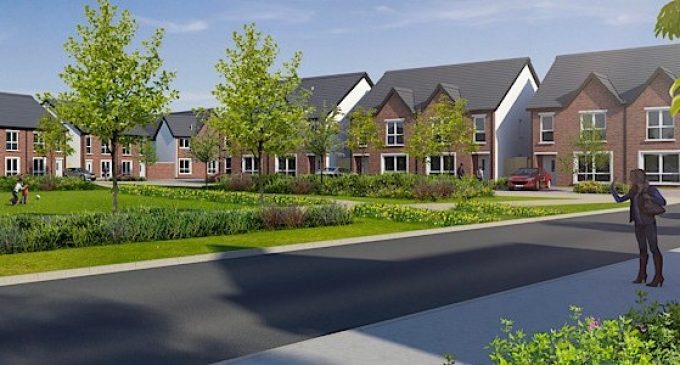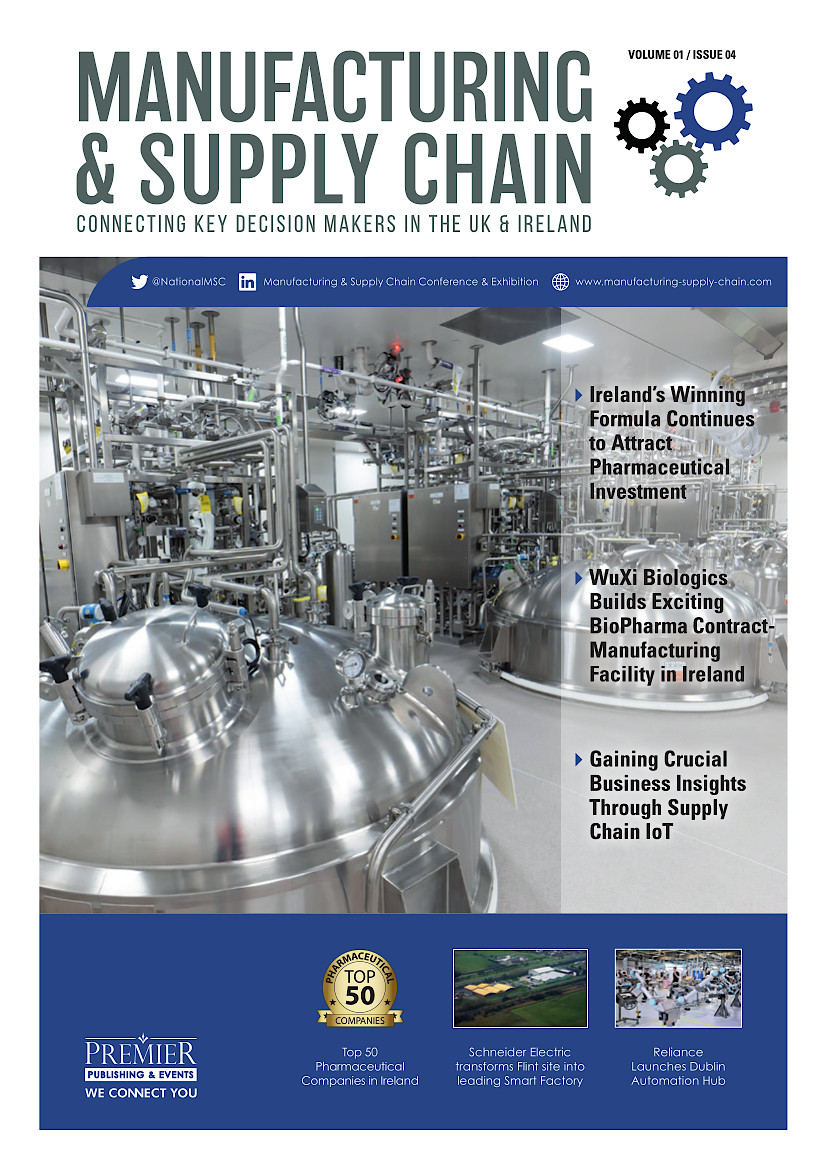Ireland forecast to maintain strongest housing completion rate in Europe: EY-Euroconstruct

Ireland is forecast to deliver the strongest rate of new housing completions across 19 European countries in 2024 on a per population basis and is on track to maintain this leading position each year out to 2027. That is according to the latest forecasts from EY-Euroconstruct, an independent construction market forecasting network active in 19 European countries.
Housing completions per 1,000 of population in Ireland – at 5.9 in 2024 and 7.0 in 2025 – are forecast to be more than 80% above the average in 2024 (3.3 per 1,000) and 127% above the average in 2025 (3.1 per 1,000) among the 19 Euroconstruct member countries. Overall Irish construction output, which also includes non-residential and civil engineering, is forecast to grow by 1.4% in 2024, the third highest in the Euroconstruct area, and by 6% in 2025, the highest in the Euroconstruct area.
Excluding residential construction, output in the remainder of the construction industry (i.e. non-residential construction) is expected to increase by 3.3% in 2024 but growth is forecast to moderate to 0.8% in 2025, due to a contraction in new office building. EY-Euroconstruct is forecasting that 32,000 new homes will be delivered in Ireland in 2024, before rising to 38,000 in 2025 and 40,000 in 2026.
At a European level, the construction market continues to move through a challenging period, marked by the escalation in construction costs during the Covid 19 pandemic, the ongoing geopolitical turmoil in Ukraine and the hike in interest rates from July 2022, albeit now moderating. As a result, 2024 will be the most difficult year for the industry since 2020, in the depths of the pandemic. Construction activity in the 19 Euroconstruct countries is projected to decline by 2.4% in 2024. Despite this downturn, a slight recovery is expected in 2025 and 2026 with growth of just 0.6% and 1.8% respectively.
The primary challenge for the European construction market in 2024 is the significant decline in new residential construction. High property prices, still elevated interest rates (albeit declining) and high construction costs are the main obstacles. However, the new residential sector is anticipated to stabilise in 2025, with growth accelerating in the following years. Civil engineering remains a bright spot, driven by the urgent need for upgrades in transport networks and energy infrastructure. Investments in these areas are crucial to meet new demands and political goals.
Annette Hughes, Director at EY Economic Advisory and member of Euroconstruct, says: “Ireland continues to lead the pack in Europe when it comes to the delivery of new housing as measured on a per population basis, and our latest EY-Euroconstruct forecast expects Ireland will maintain this position out to at least 2027. At a time when the delivery of housing is stalling in economies right across Europe, Ireland’s performance is particularly notable and has been driven by a range of factors. These include multiple policy interventions to support and speed up the delivery of new homes and drive down the cost of construction, the reallocation of some capacity in the sector from commercial to residential construction, as well as a more positive – if still elevated – financing and interest rate environment.
“We are now forecasting that Ireland will build around 32,000 homes in 2024, before increasing to 38,000 in 2025 and 40,000 in 2026. The expected 2024 out-turn represents a slight reduction on the previous Euroconstruct forecast in June. This can be largely attributed to delays in the delivery of projects due to some infrastructure bottlenecks, funding and staffing challenges as well as viability issues. Positively, many of these issues are being addressed, with the temporary waiver of development contributions leading to a significant surge in commencements that we expect to feed into completions in 2025 and 2026. To enable this level of delivery, maintaining a laser focus on delivery and speedily addressing any infrastructure and other bottlenecks will be key.
“For the wider Irish construction sector, the picture remains mixed, due to a number of challenges, such as the inflation in building and construction materials over recent years, which although moderating, continues to impact the pricing of construction projects. Other issues include access to skilled labour and the cost of labour.”
European construction sector set for moderate recovery in 2025
The European construction market is going through a challenging period, marked by the escalation in construction costs during the Covid 19 pandemic, the ongoing geopolitical turmoil in Ukraine and the hike in interest rates from July 2022, albeit now moderating. The primary challenge for the European construction market in 2024 is the significant decline in new residential construction.
Apart from this, the non-residential construction sector has faced challenges, with a modest decline experienced last year. This downward trend is expected to continue this year, due to new non-residential construction projects that are under pressure. Despite these challenges, growth is projected to resume next year, with both new construction and renovation activities contributing positively to the overall non-residential construction sector. New investment will be particularly bright for the mainly public funded market segments, while incentives and structural policies targeting “green goals” will create a consistent push for renovation activities across the sector.
Civil engineering remains a bright spot, driven by the urgent need for upgrades in transport networks and energy infrastructure. Investments in these areas are crucial to meet new demands and political goals. New civil engineering projects, after a weak 2024, are expected to grow significantly in the next two-year period, against a more stable and moderate development for renovation works, expected to be solid this year, with a gradual slowdown by the end of the forecast period.





























